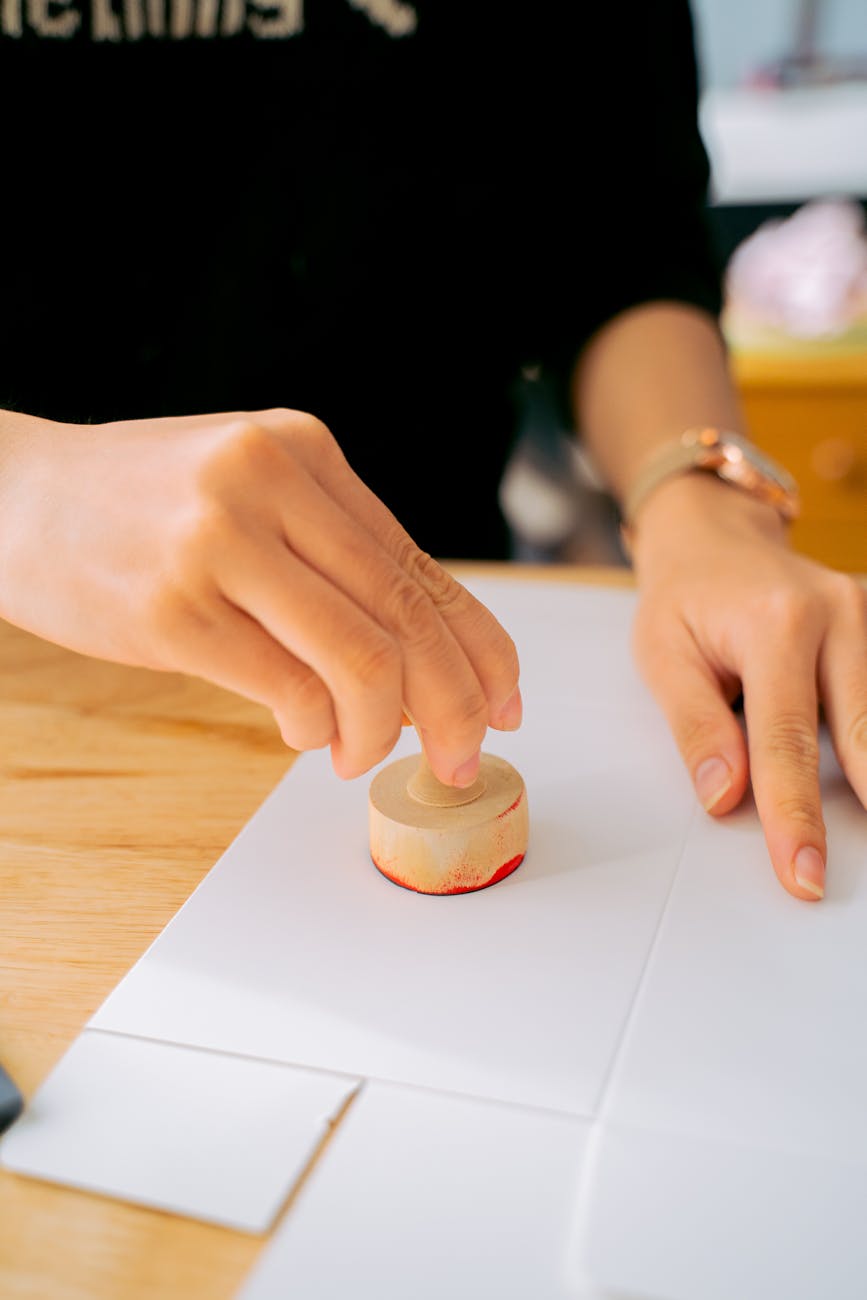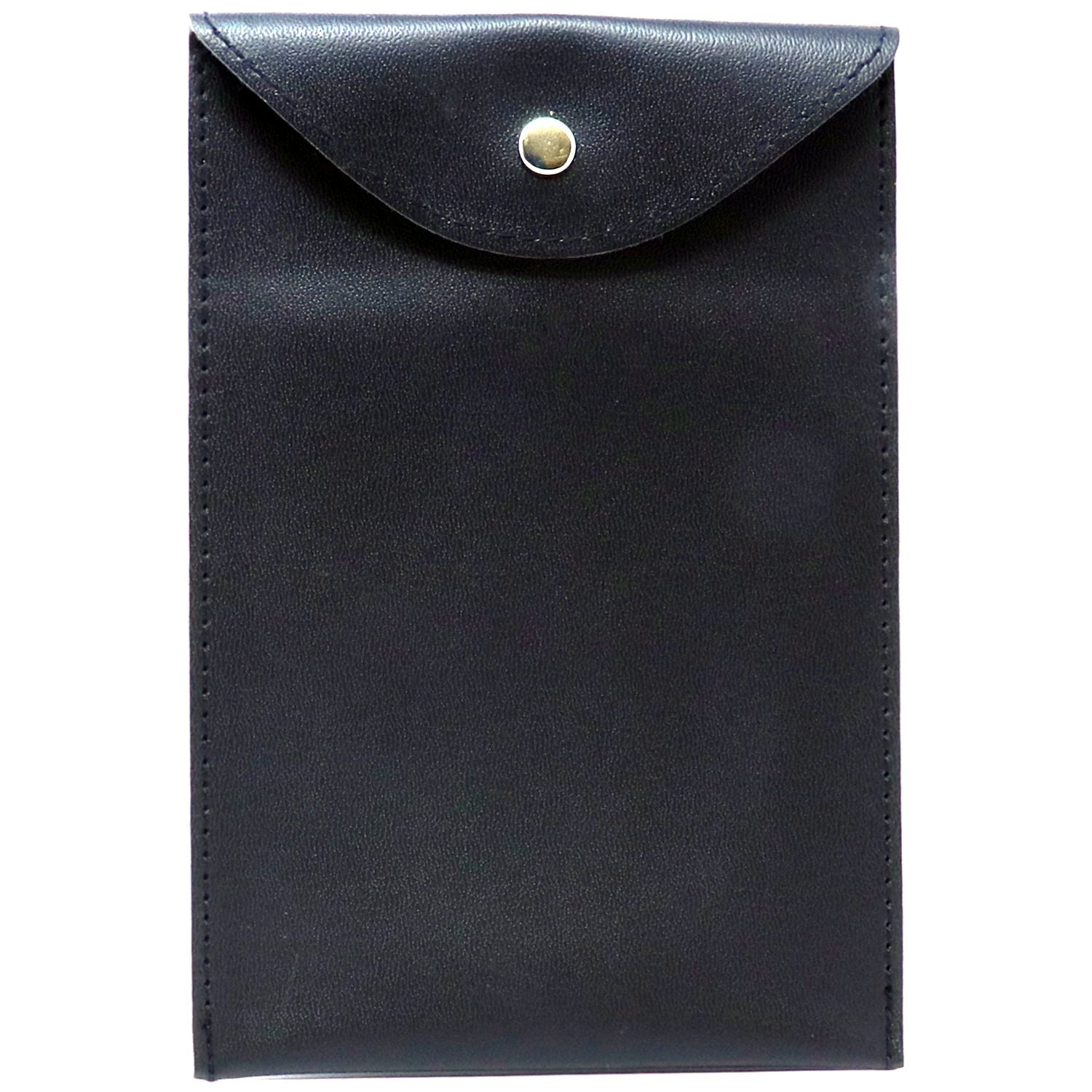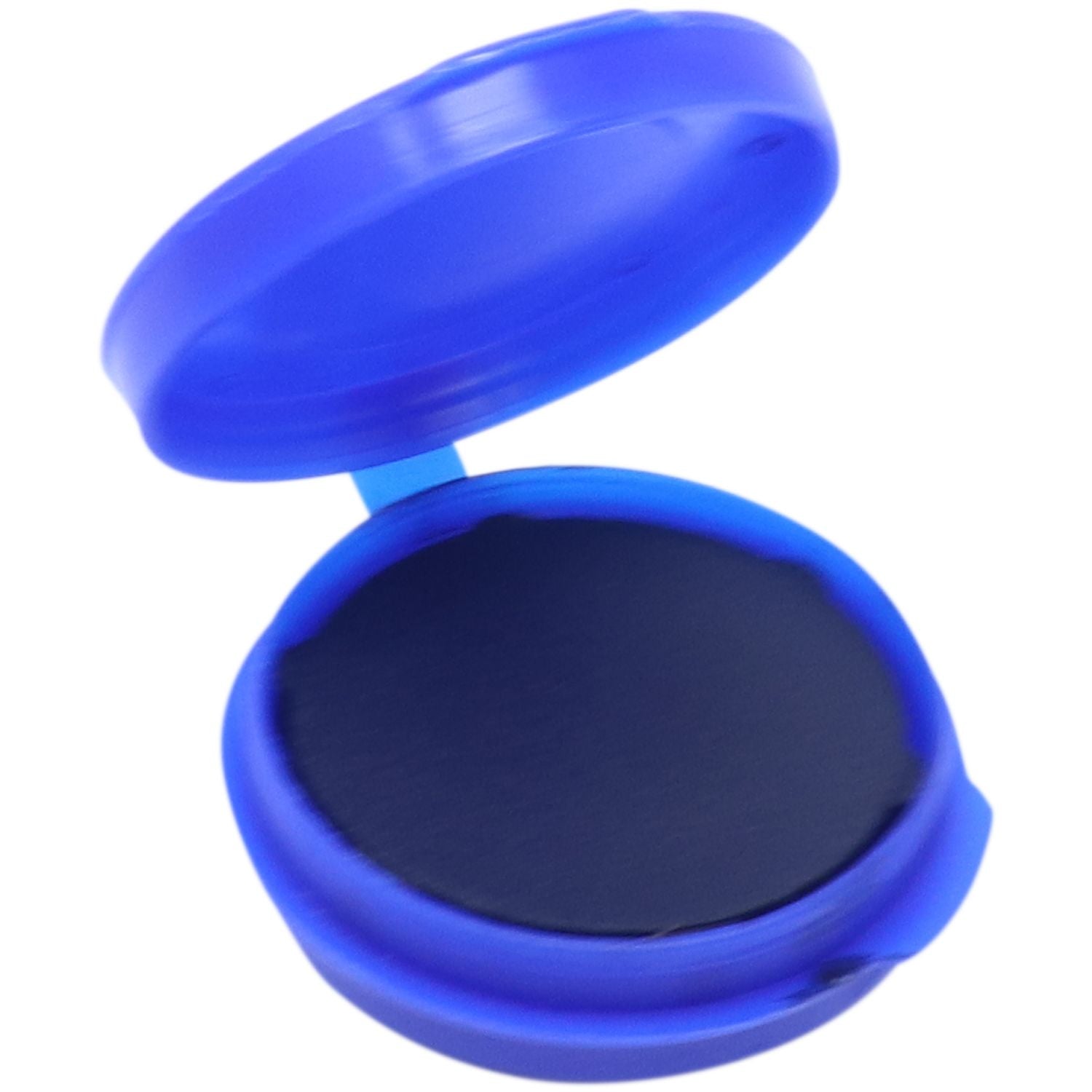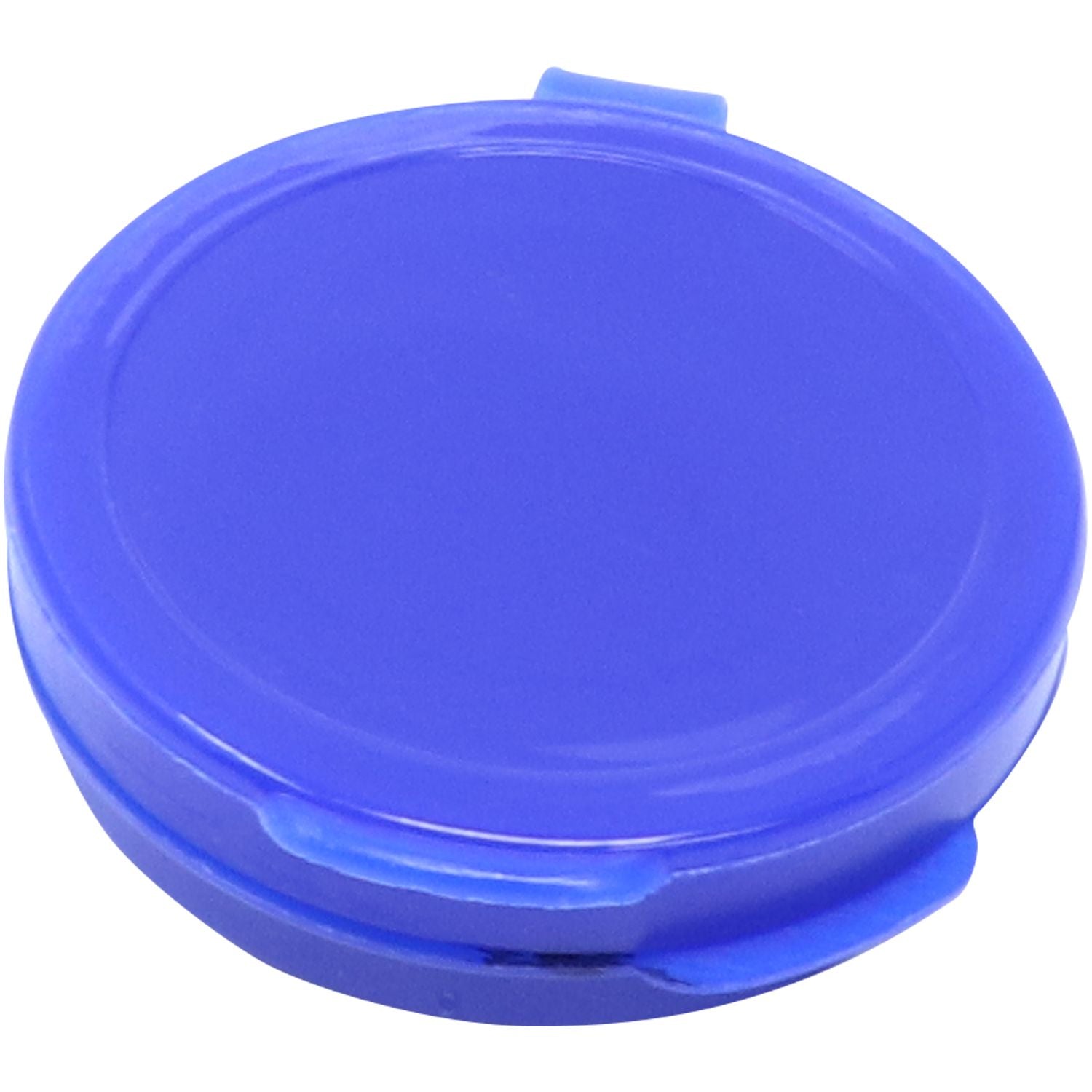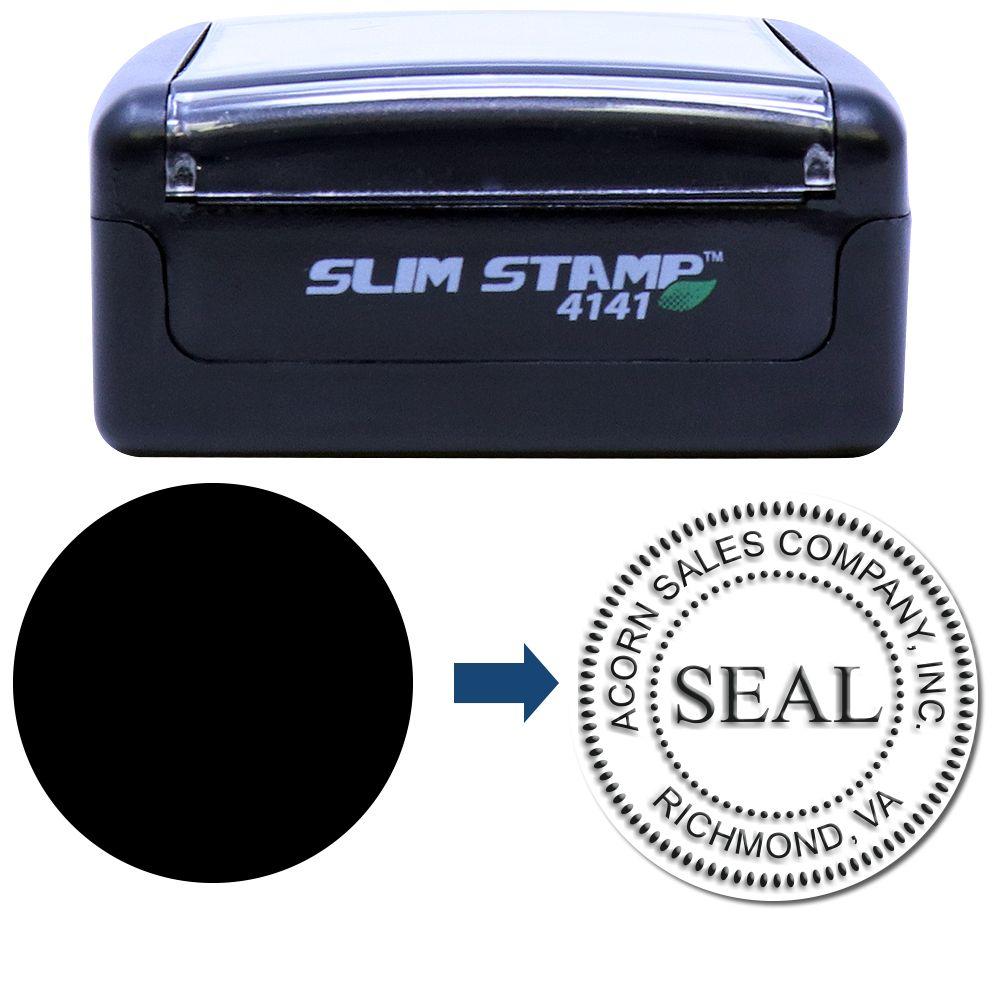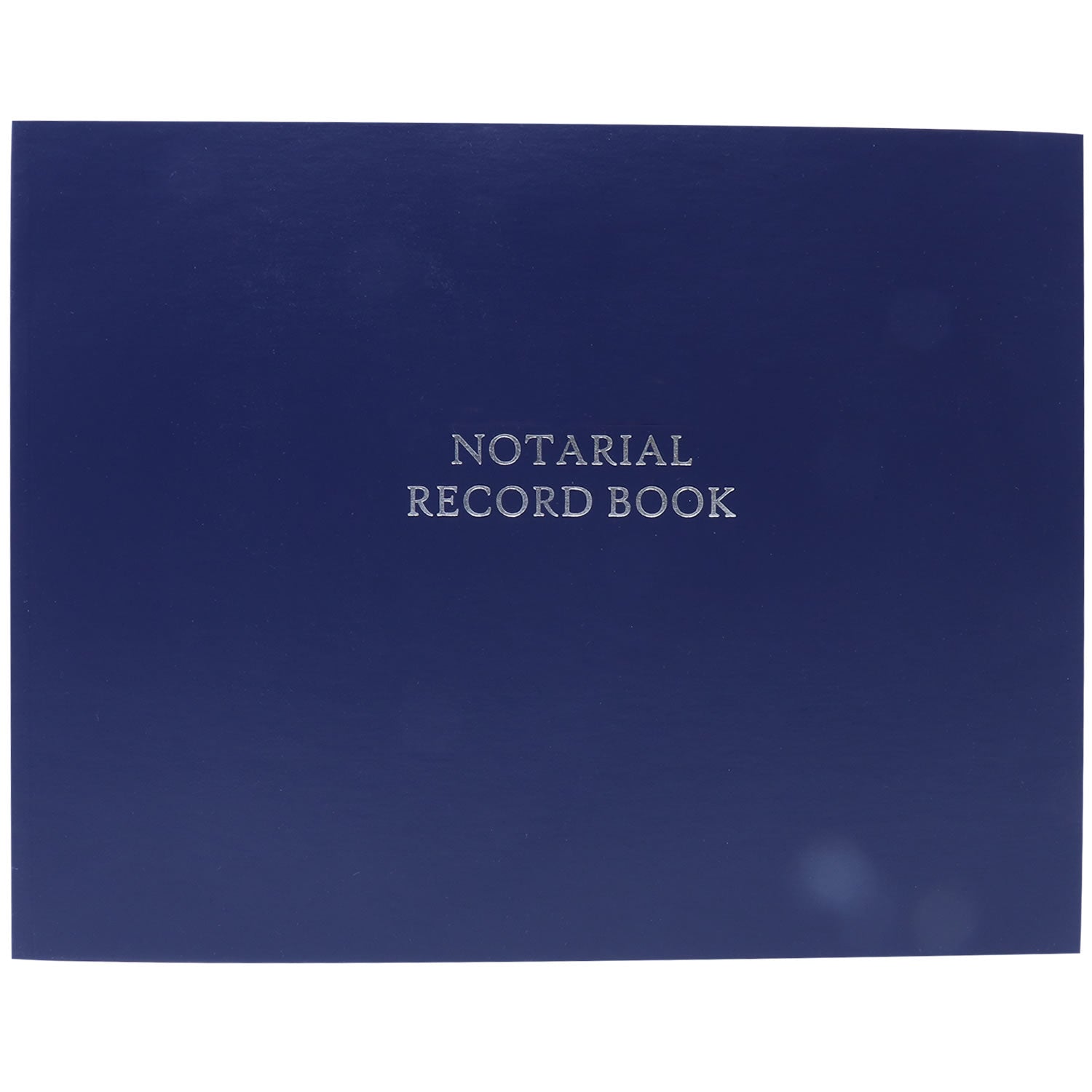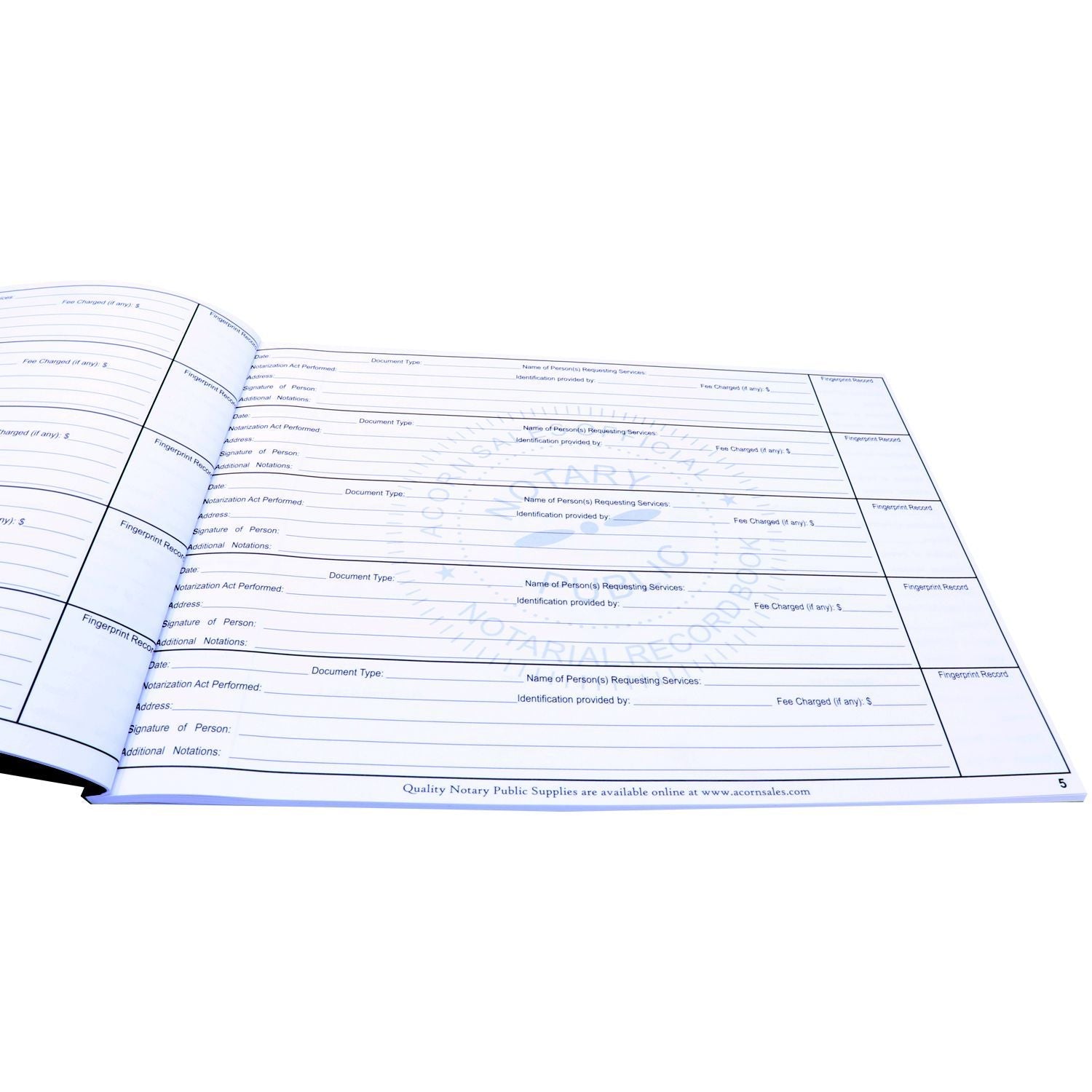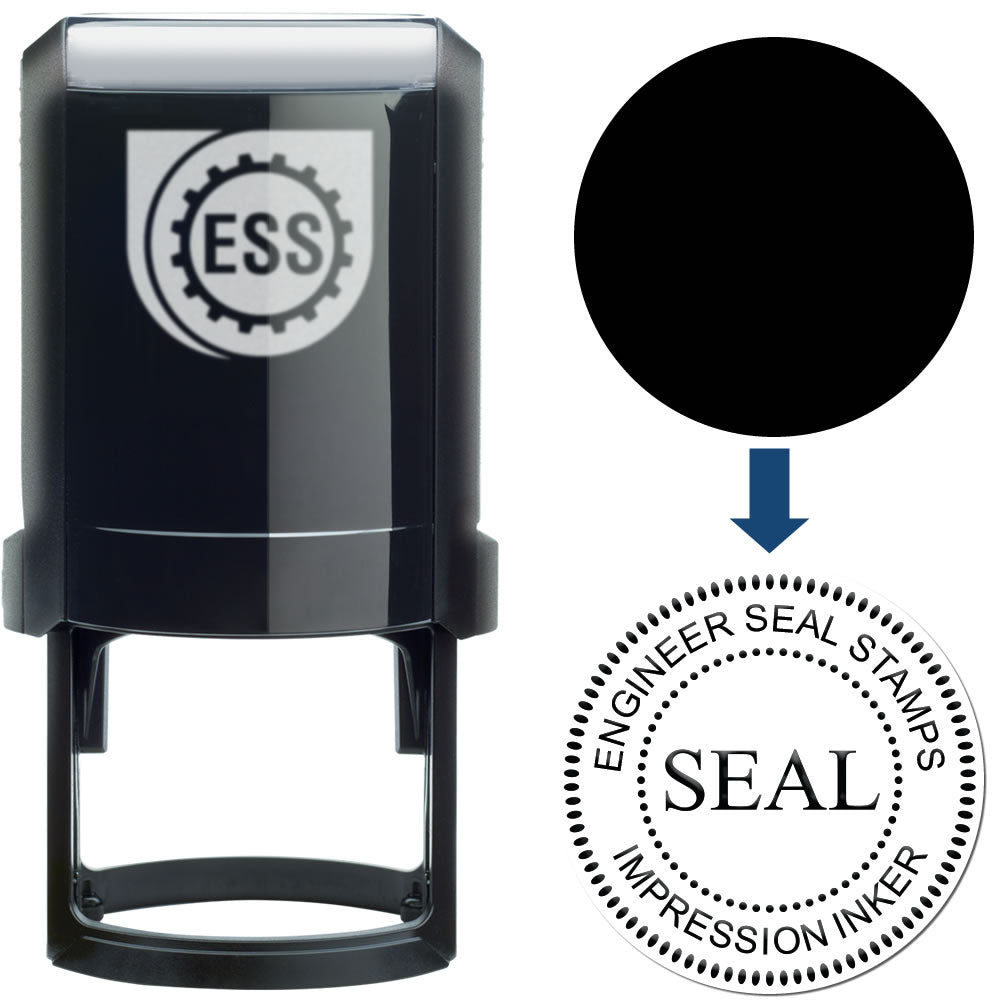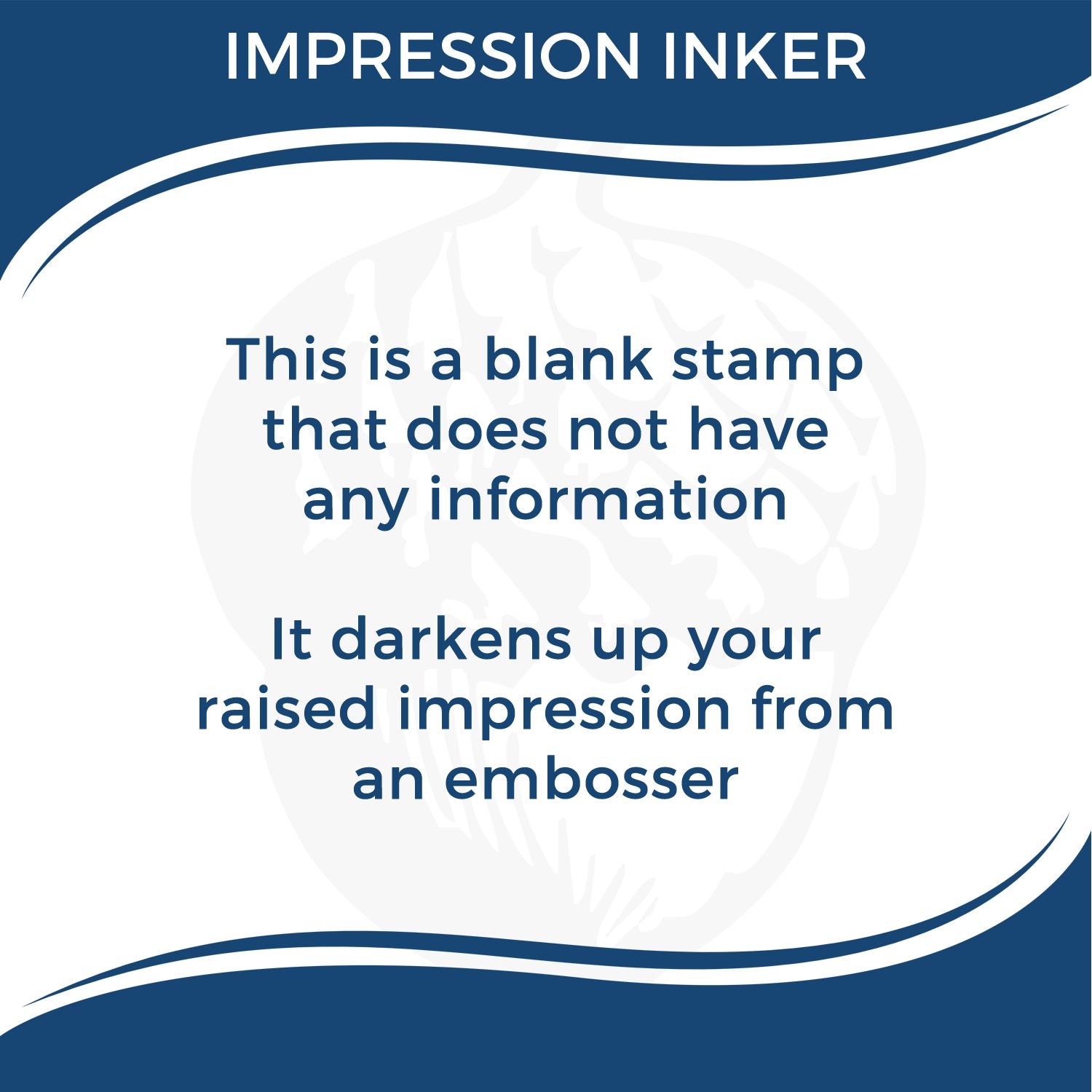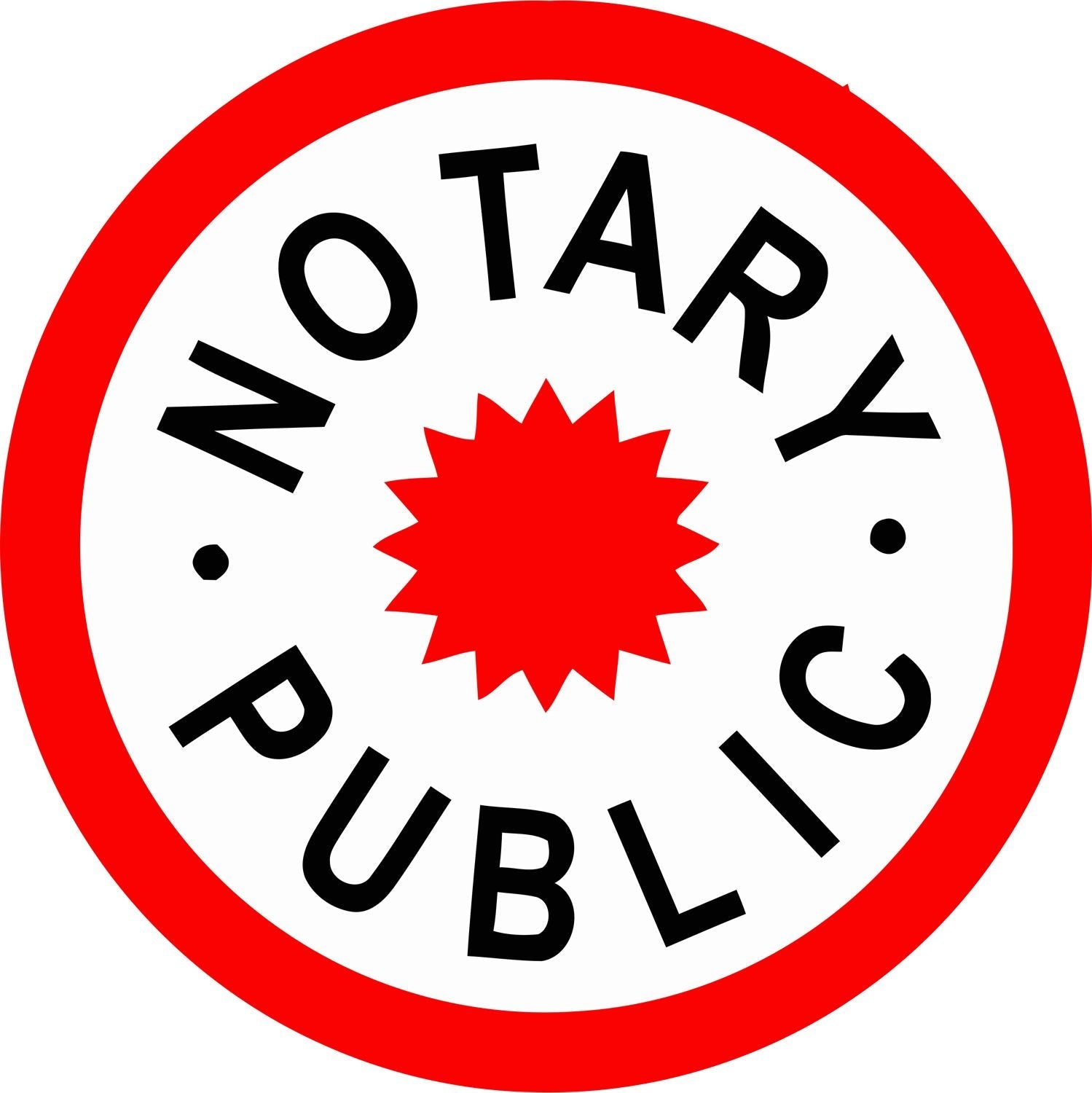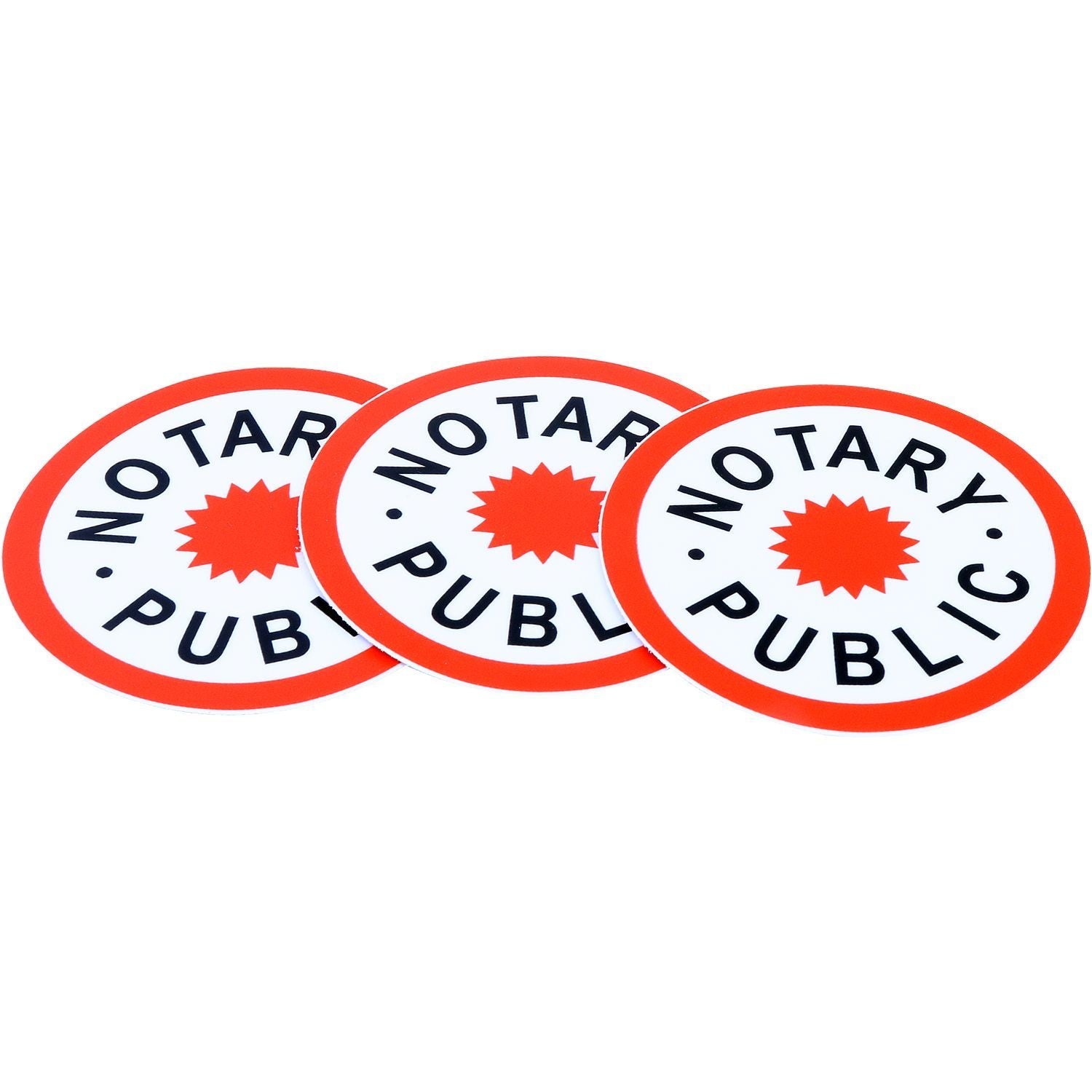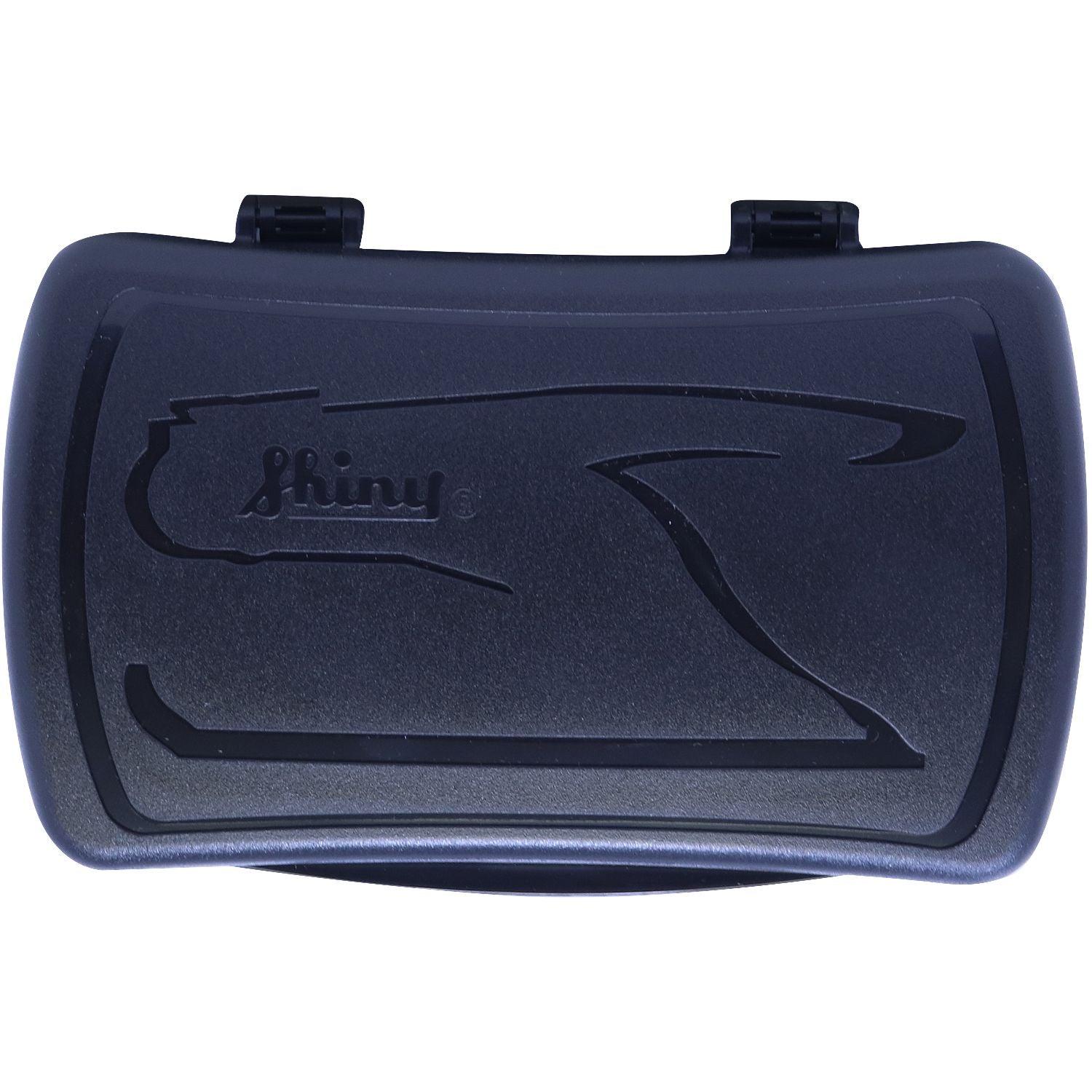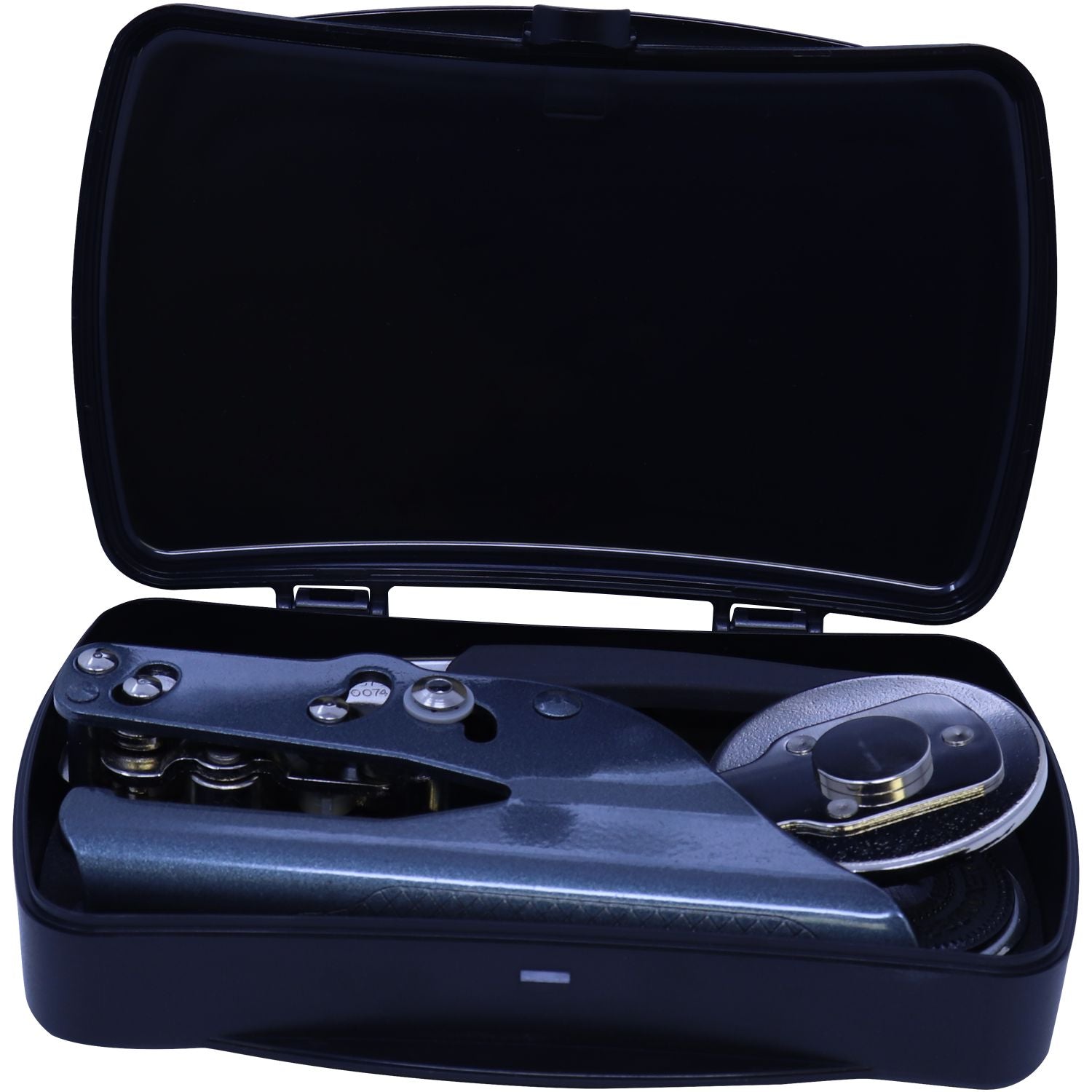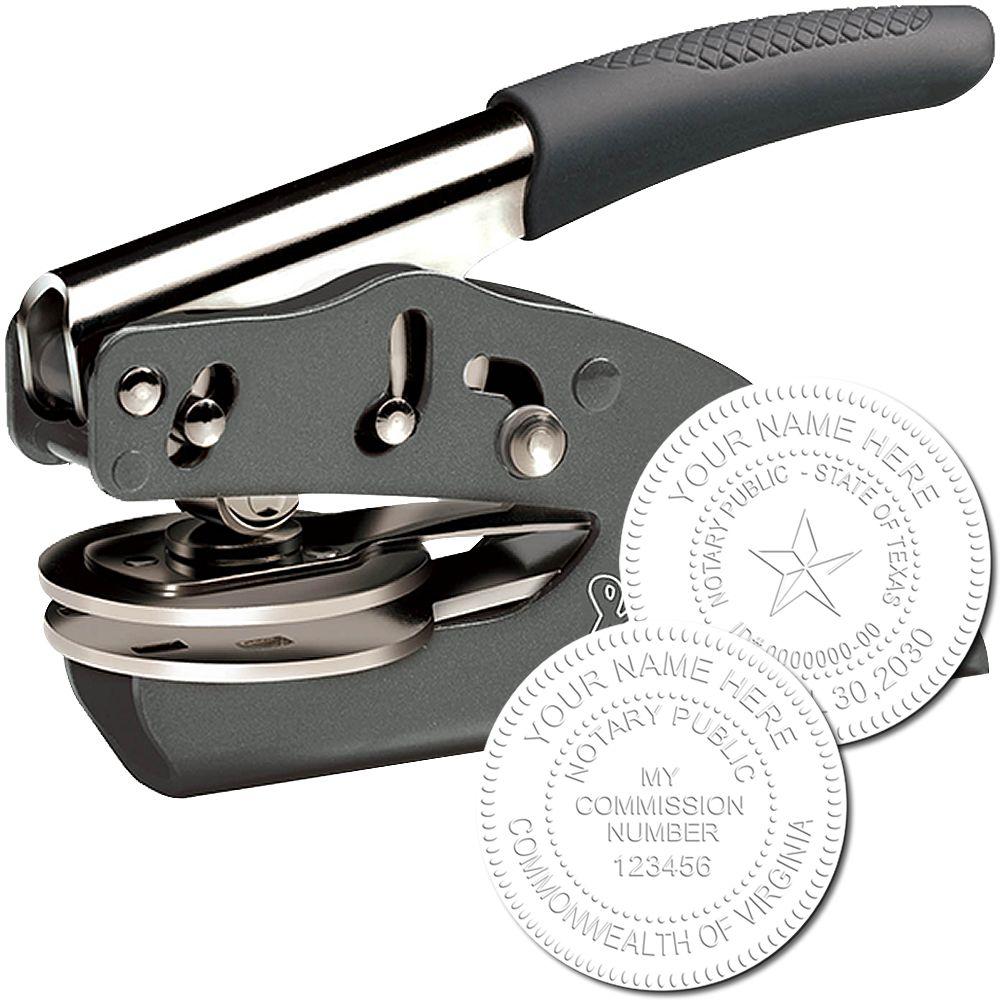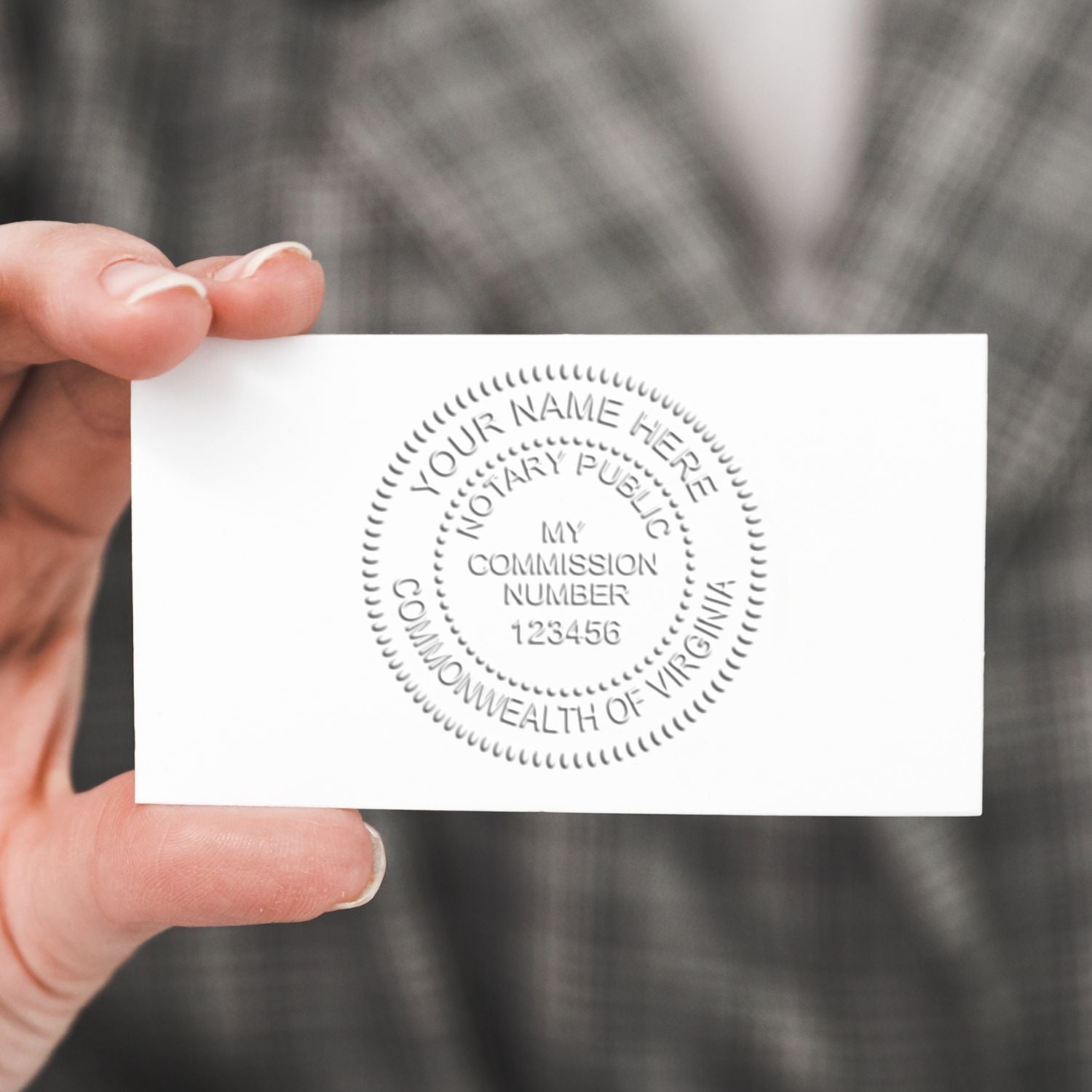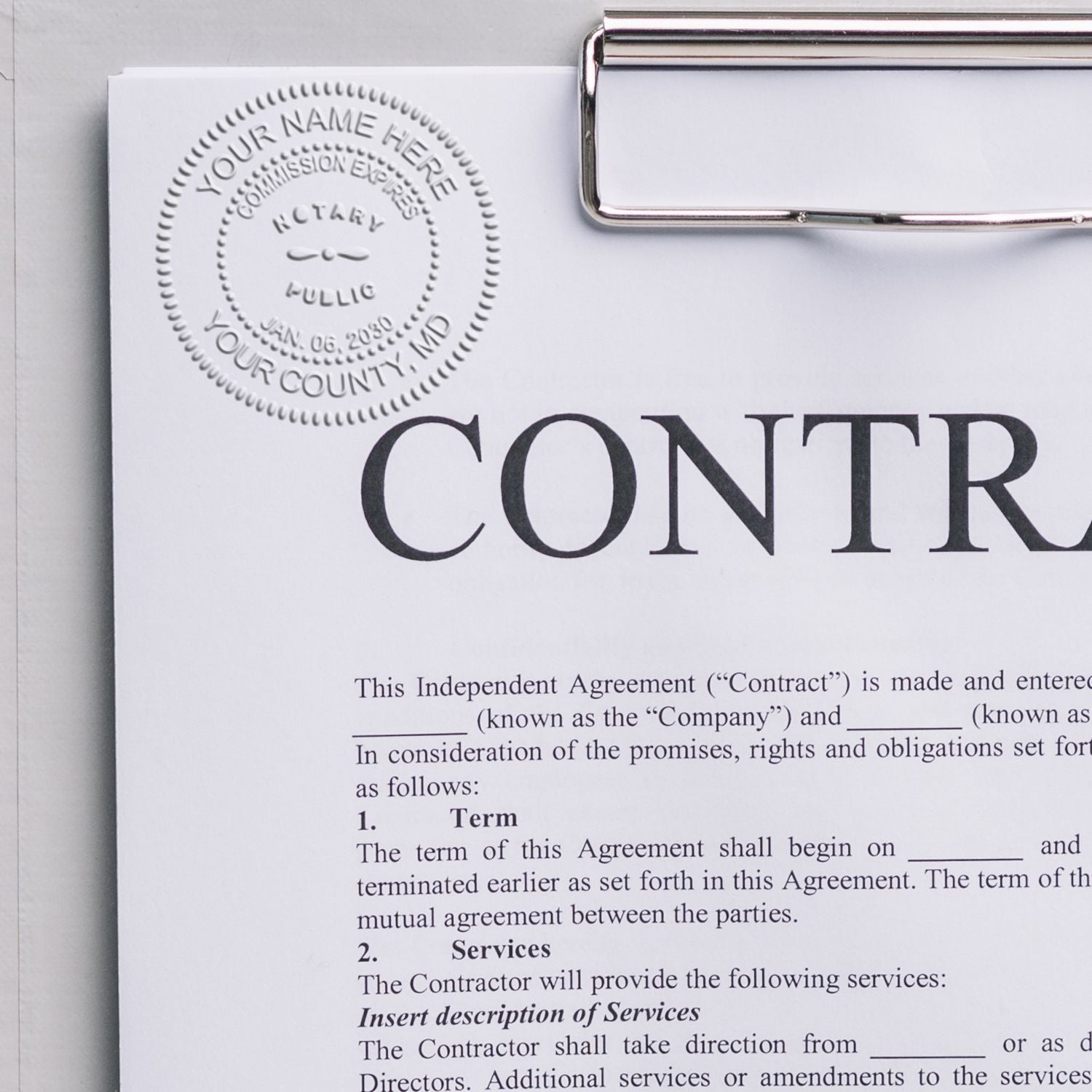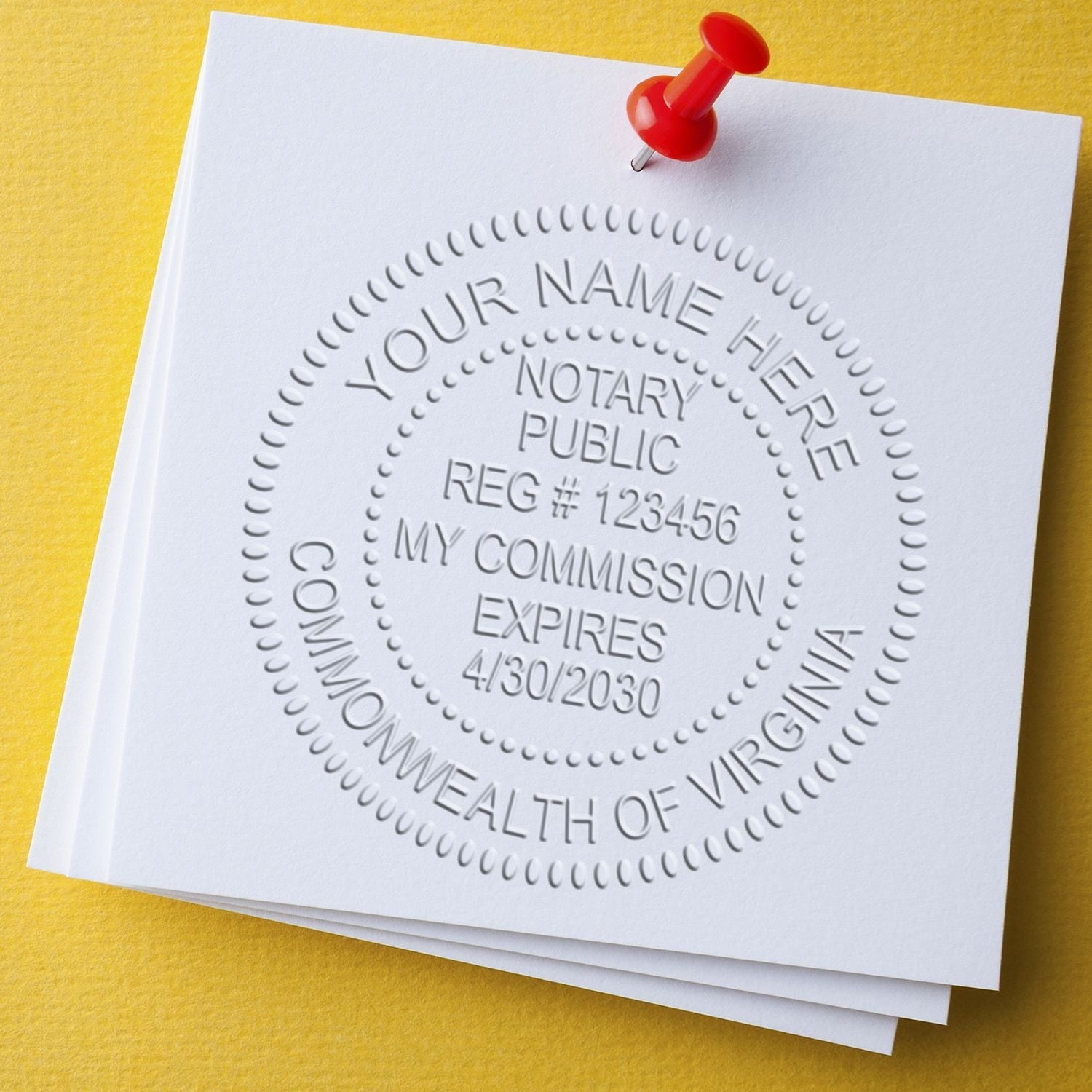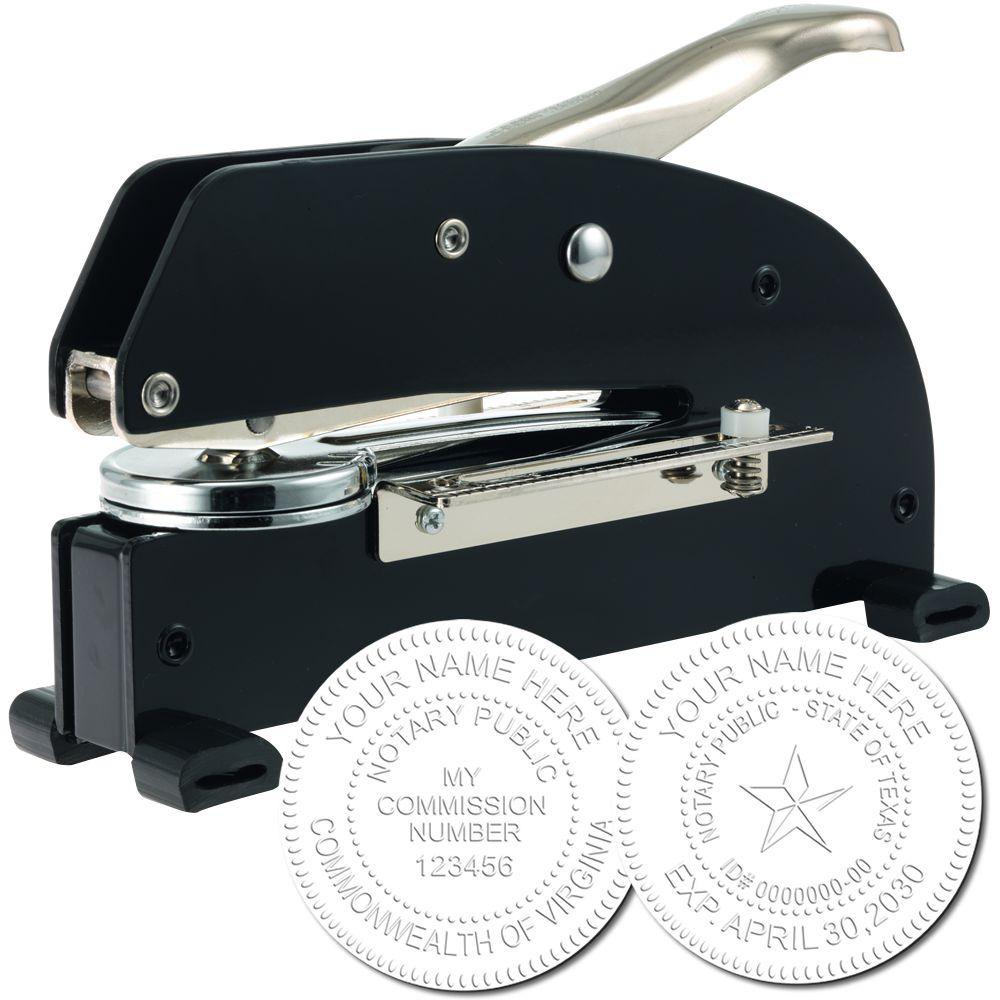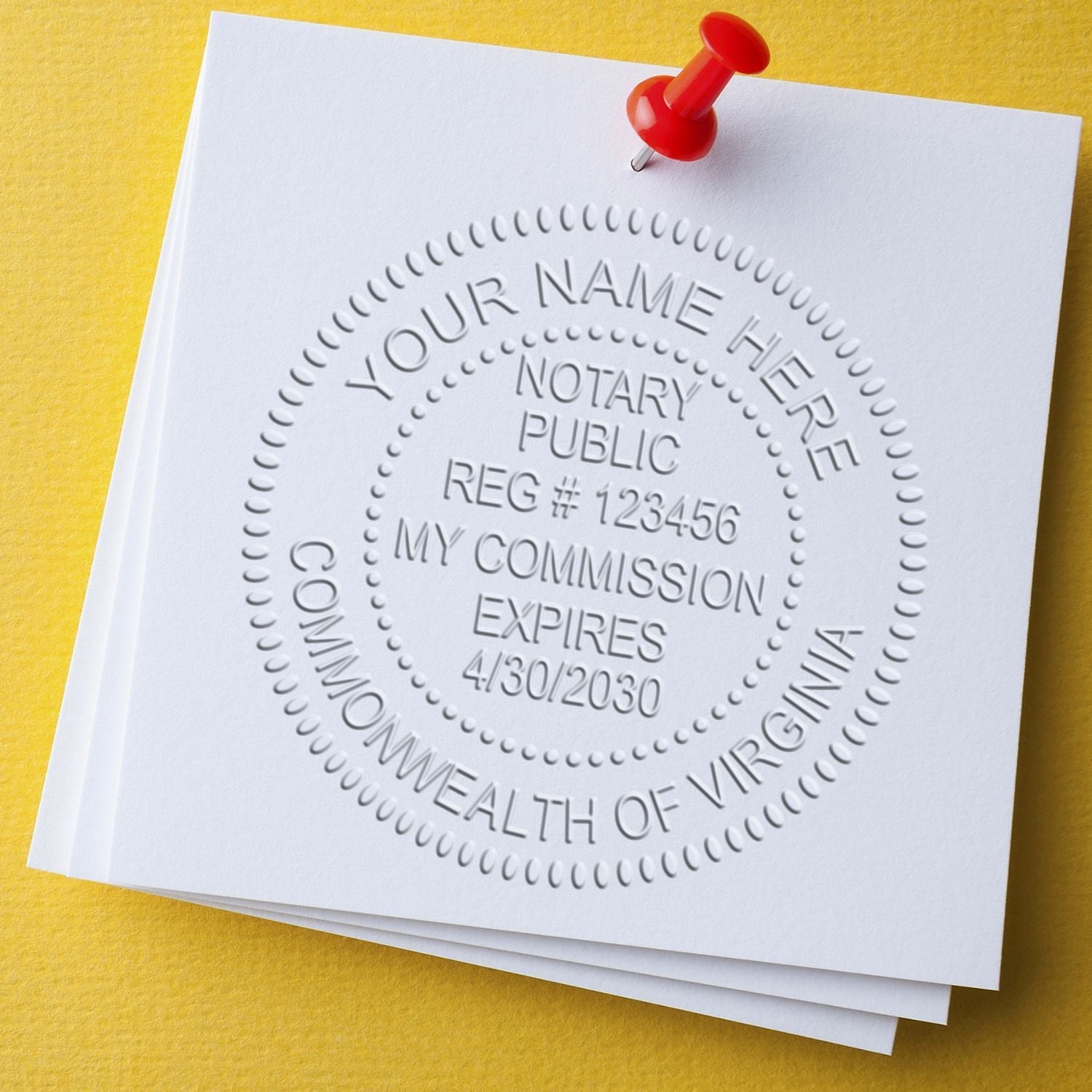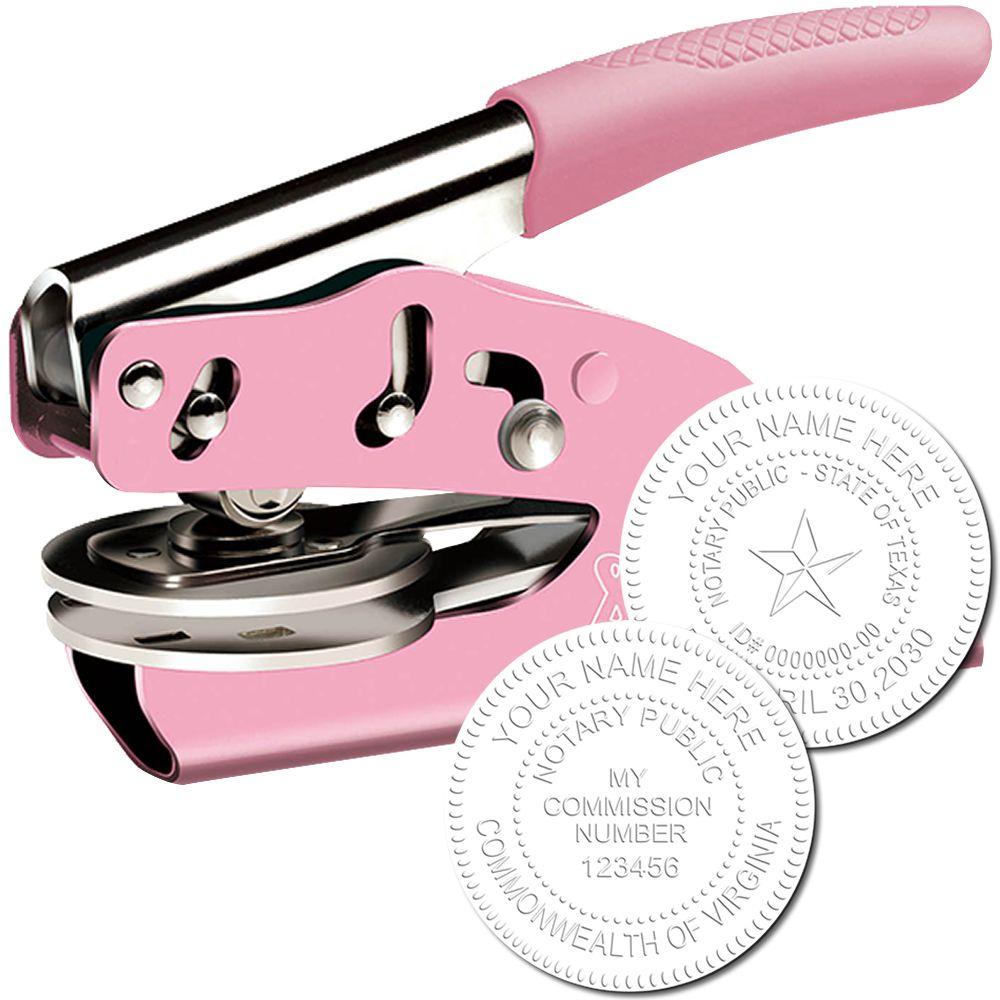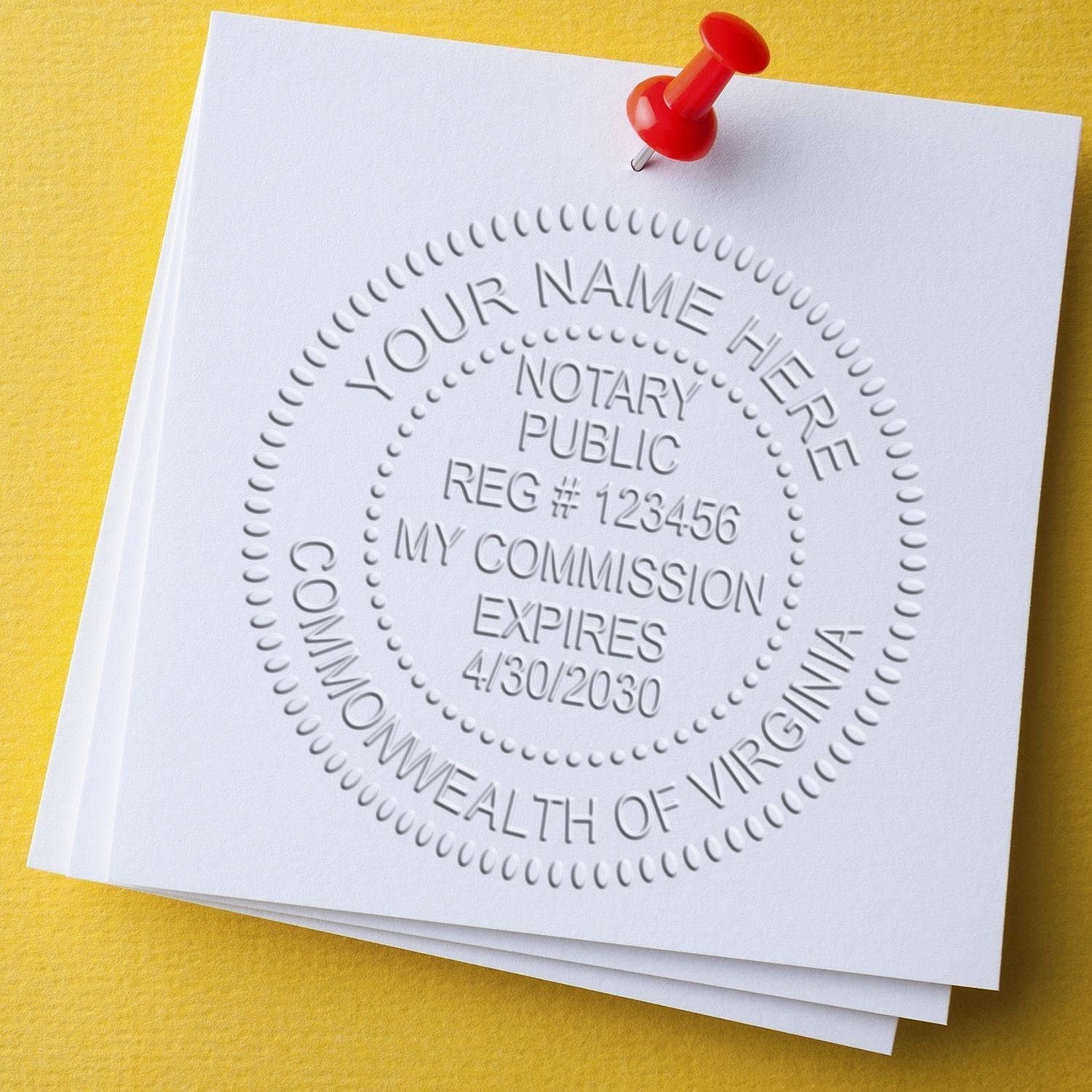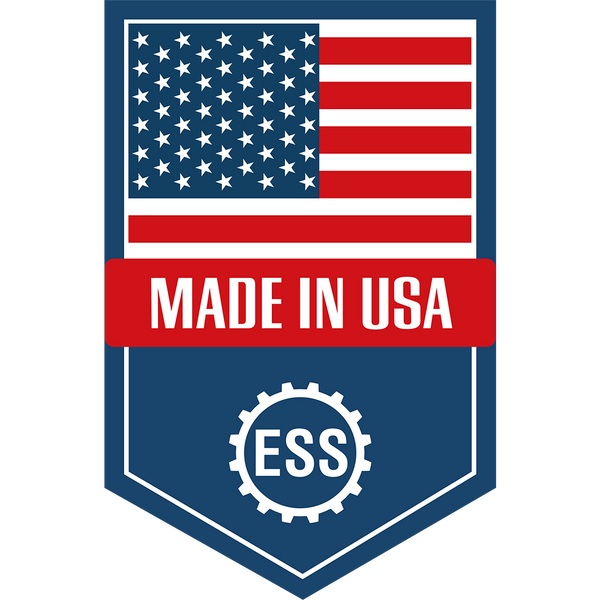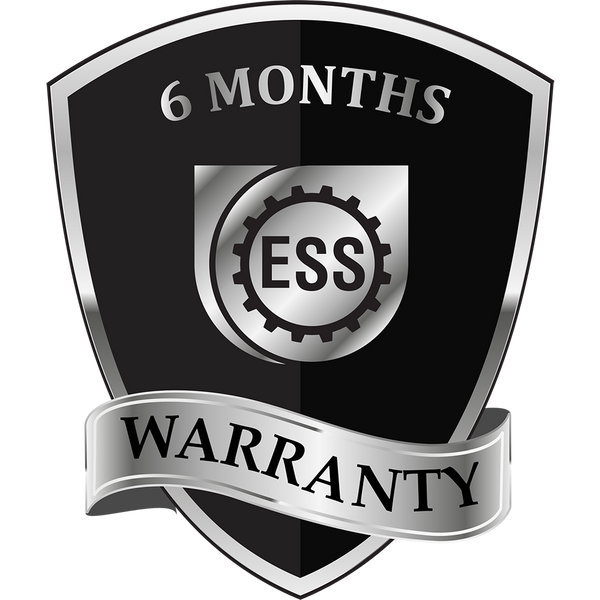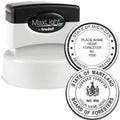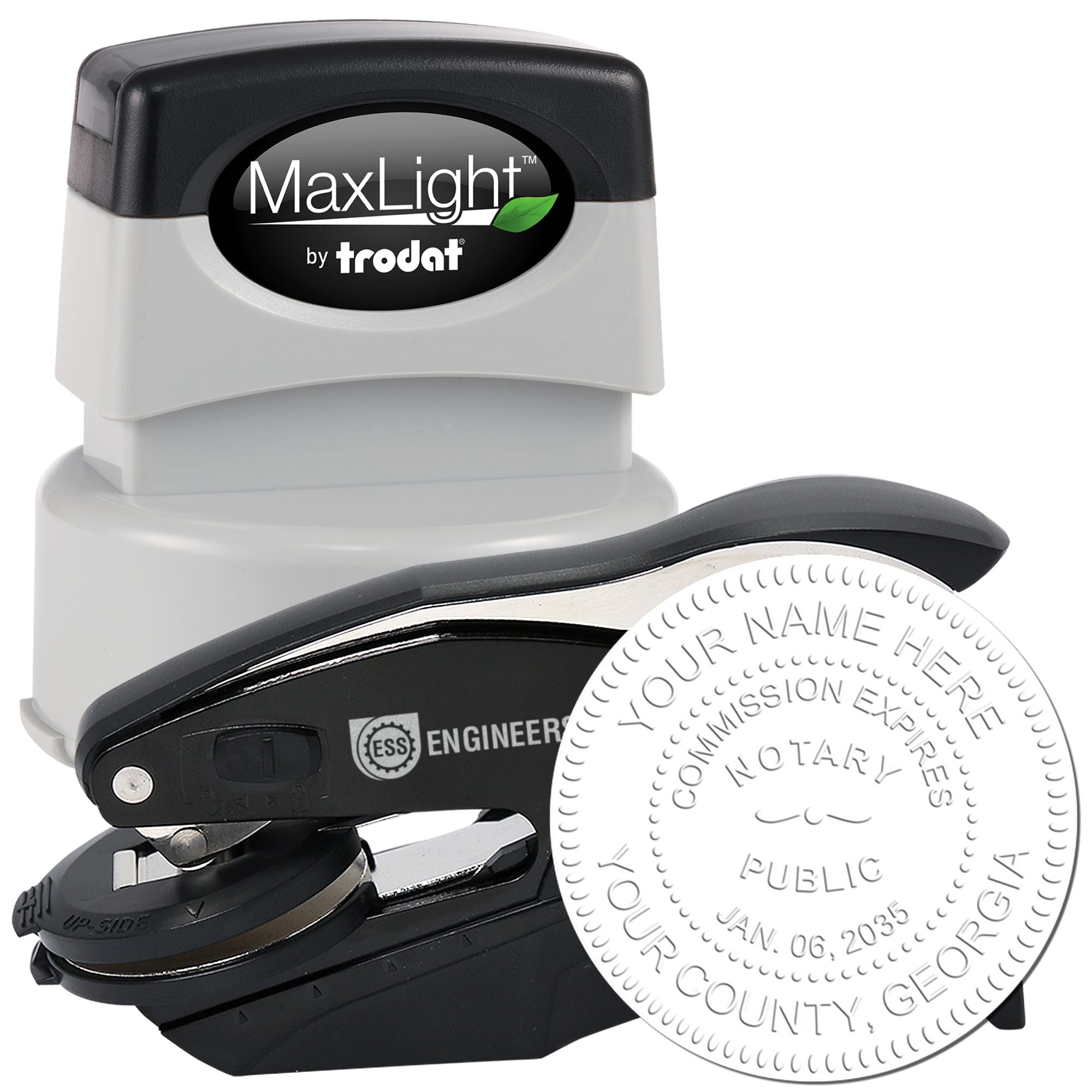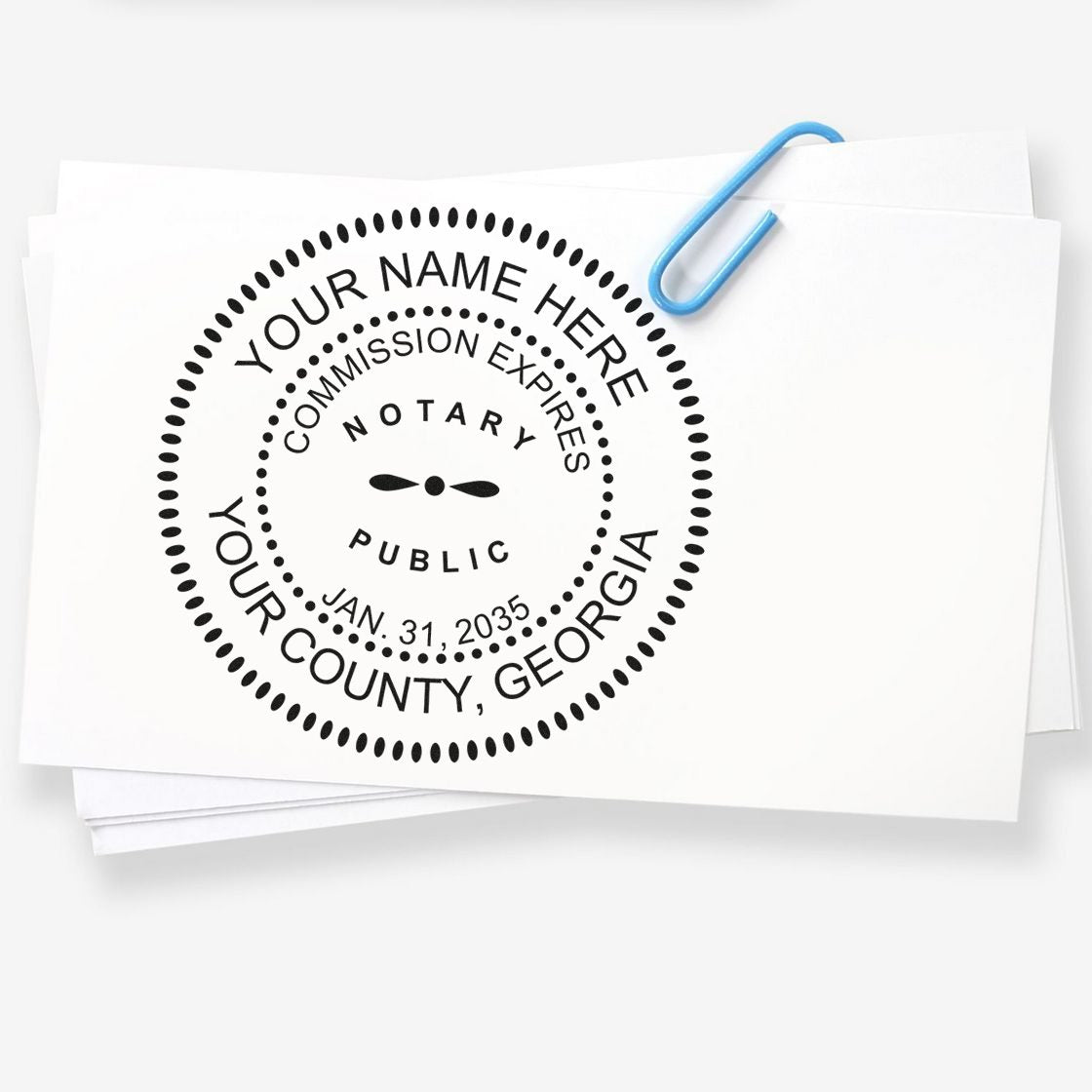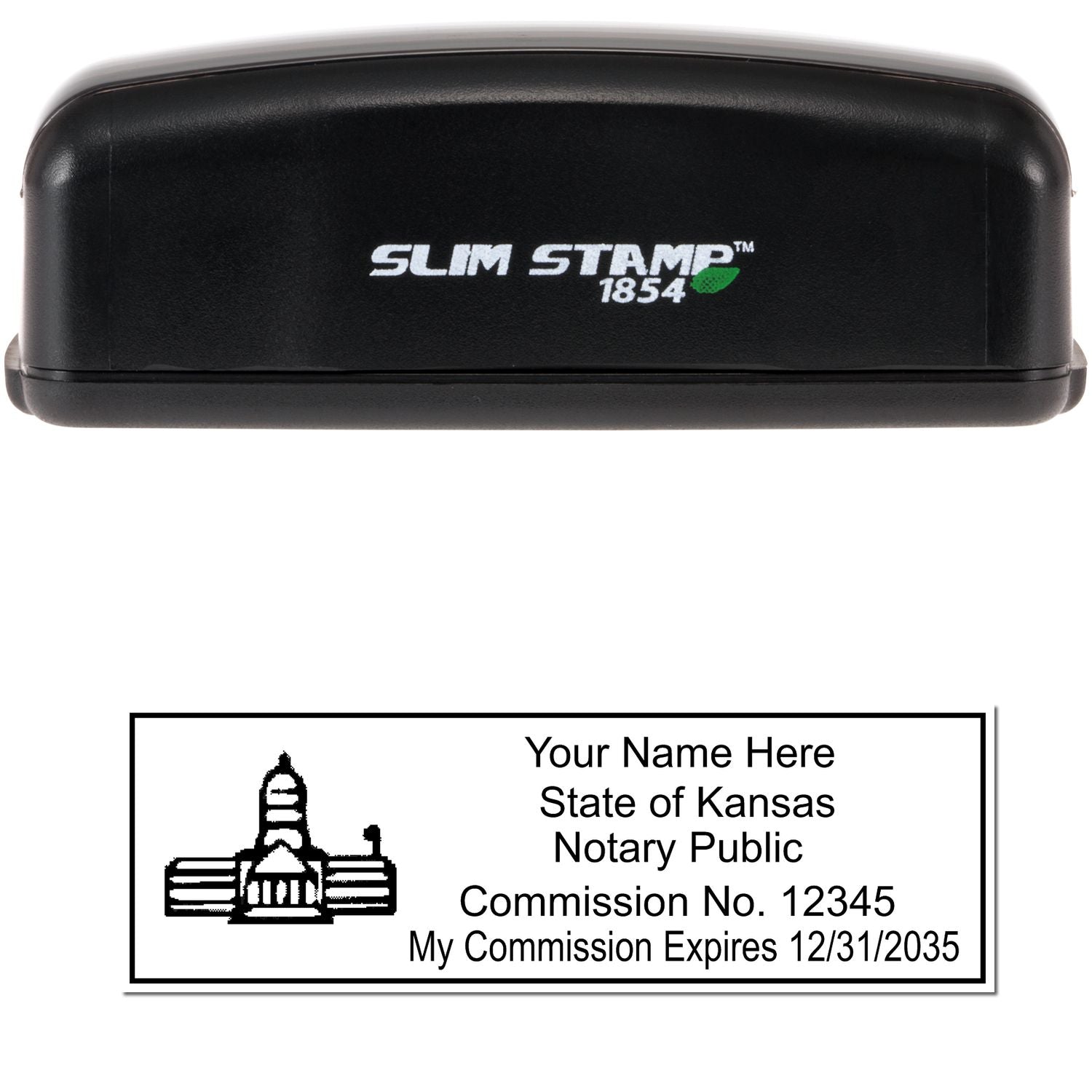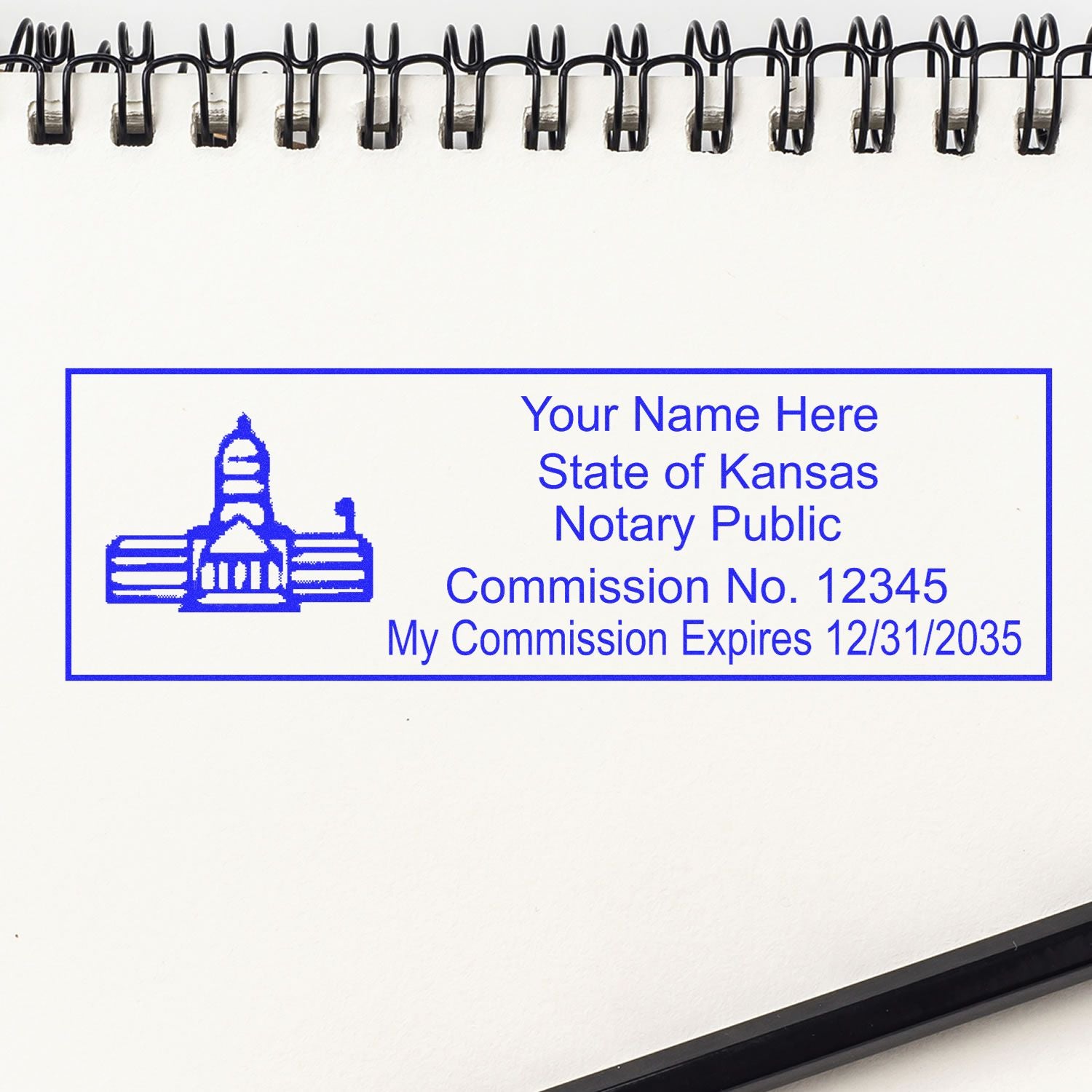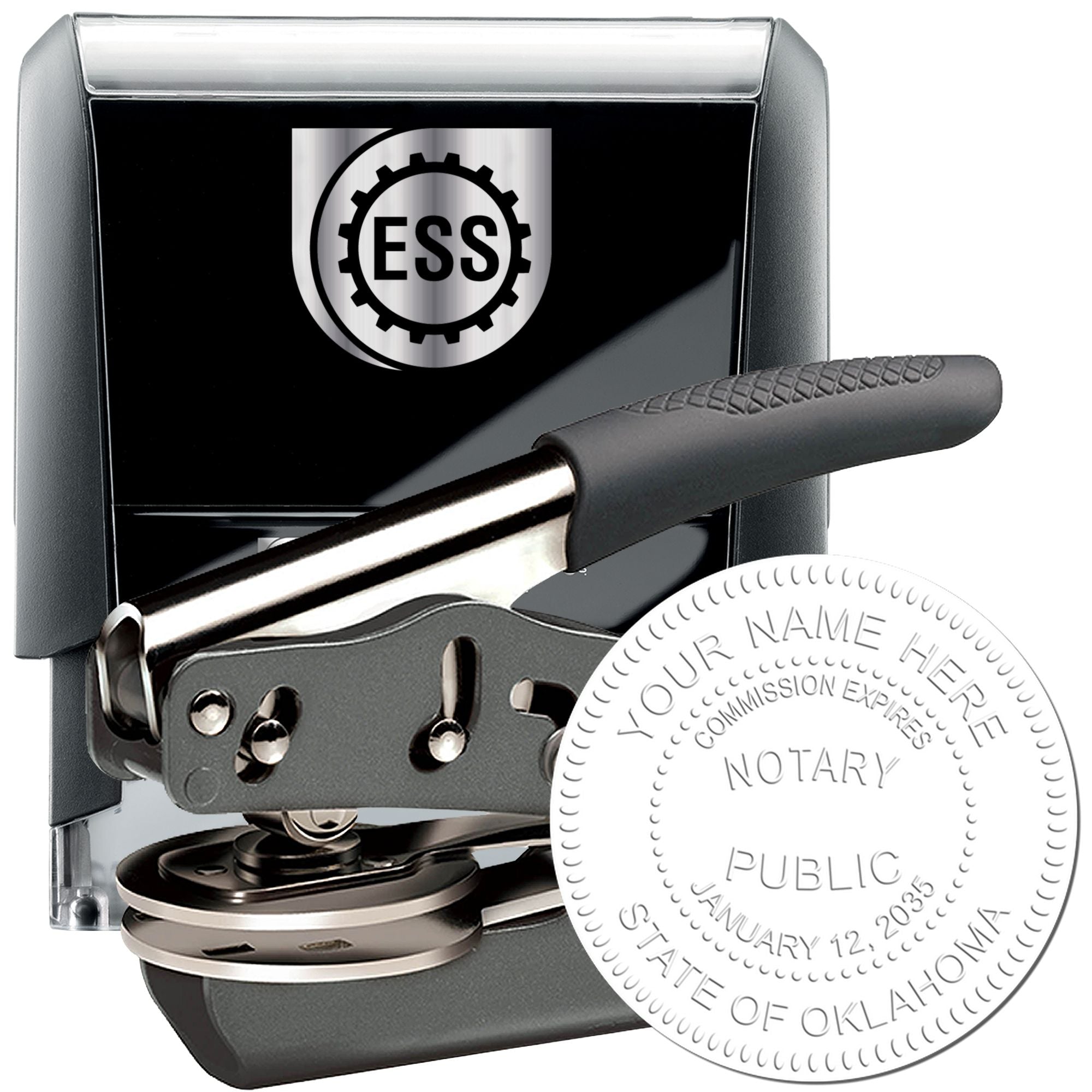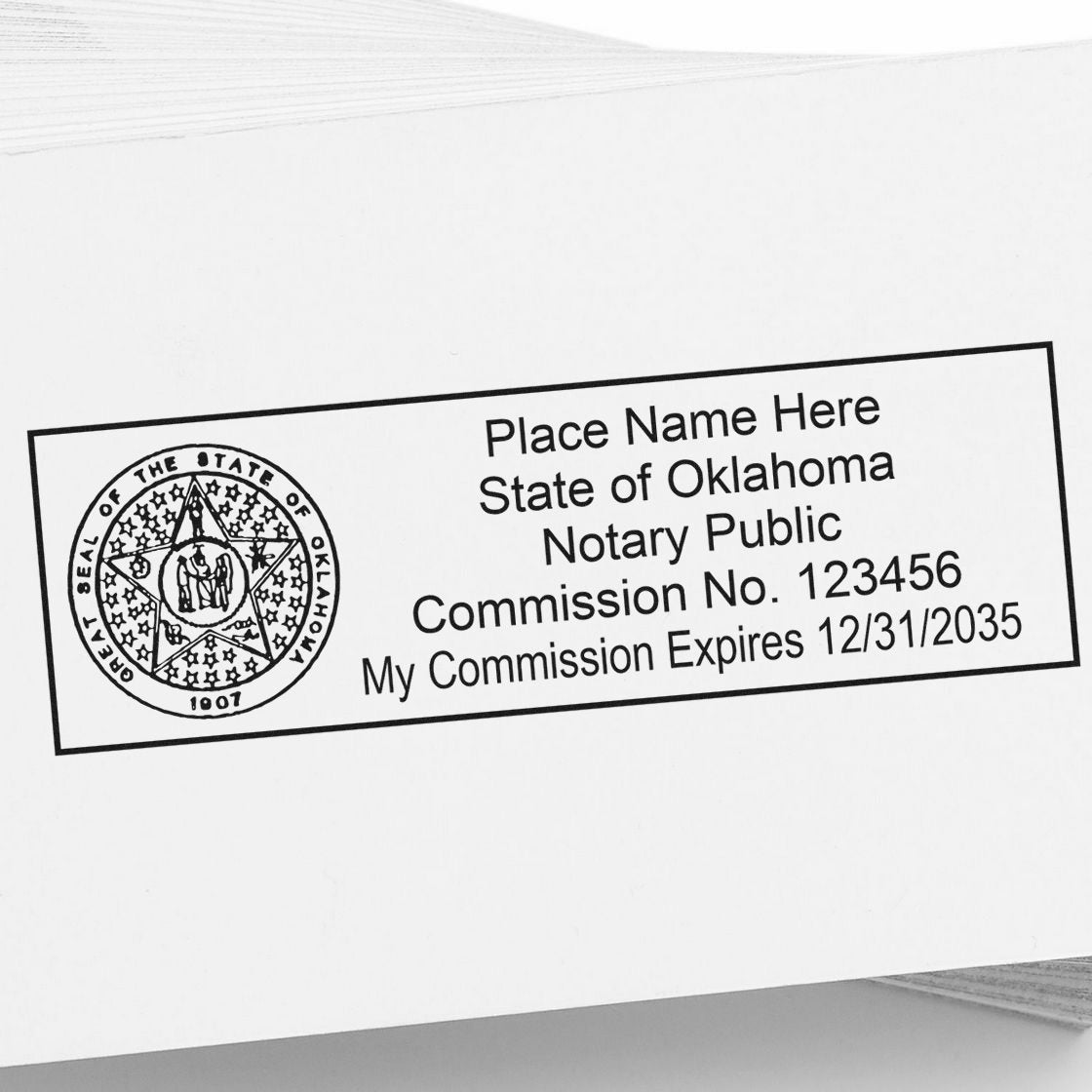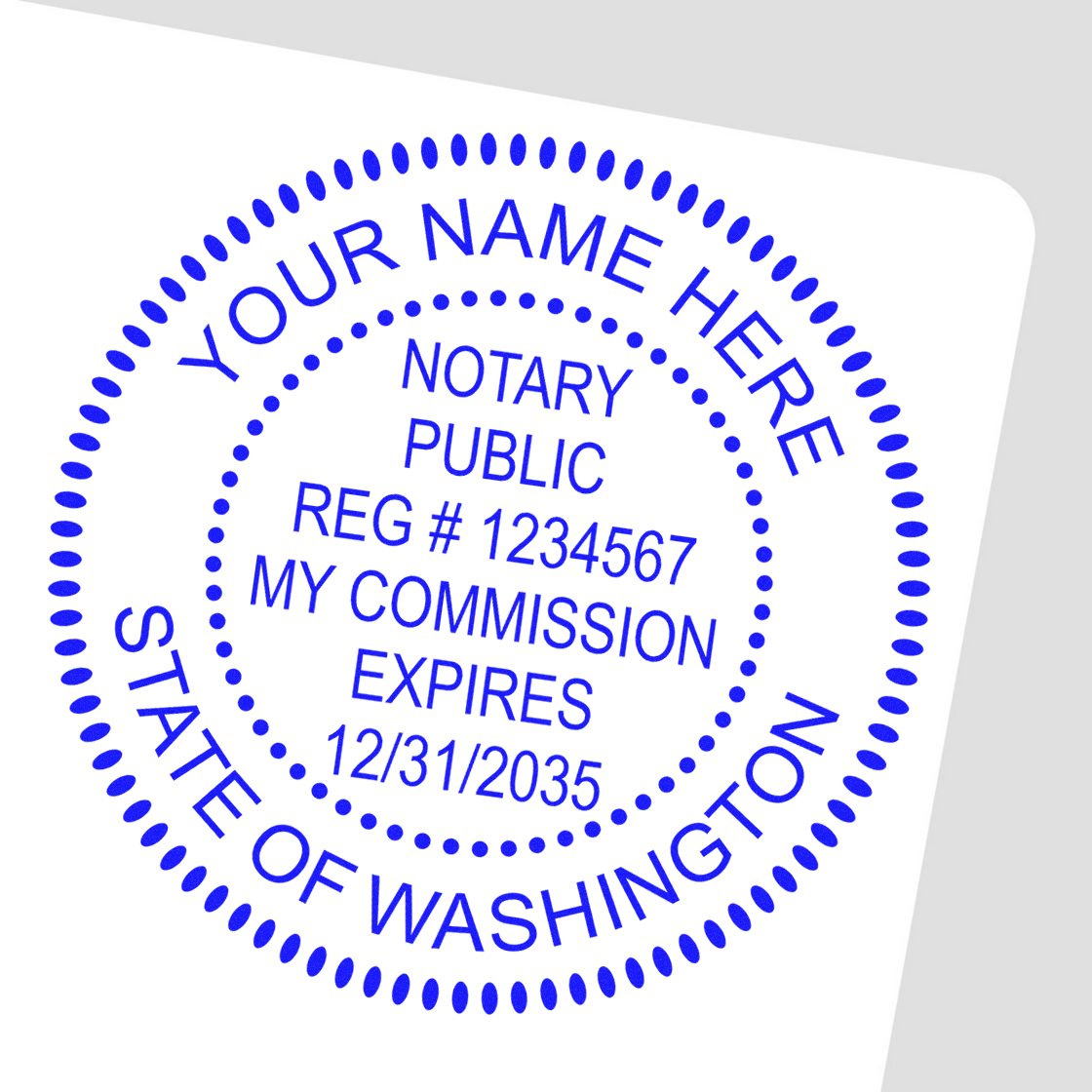Have you ever needed an official way to validate a document, or perhaps add a professional touch to your personal library? An embossing seal for authentication can do exactly that, giving your pages a crisp raised impression that says, “This is the real deal.” Whether you’re a notary, a small business owner, or just want that polished mark in your scrapbooks, choosing the right embosser makes all the difference. Let’s walk through everything you need to know.
Recognize what you need
Your first step is figuring out why you want an embosser. Do you want to notarize legal forms, create a personalized seal for your book collection, or authenticate corporate documents? Each use case may call for specific text or design elements, and you’ll want an embosser that aligns perfectly with your purpose:
- Official or legal use: Typically includes formal text, state seals, and precise layouts.
- Personal or creative use: Offers more room to experiment with monograms, logos, or decorative patterns.
It helps to decide this before browsing options, so you don’t get lost in features that don’t fit your goal.
Pick the ideal material
Embossers come in several materials, mainly metal or sturdy plastic. Metal embossers are heavier and built to last, while plastic ones may be lighter and easy to carry around if you work on the go. Engineer Seal Stamps (ESS) often recommends metal for heavy-duty tasks, but if you need something quick and casual for personal projects, plastic might fit the bill.
Here’s a quick comparison:
| Material | Benefits | Considerations |
|---|---|---|
| Metal | Durable, long-lasting | Heavier, more expensive |
| Plastic | Lightweight, portable | Potentially less robust over time |
Customize the design layout
You’ve got plenty of options to personalize your embosser’s look:
- Text or monogram: Insert your name, a business title, or initials to reflect your identity.
- Graphics: From iconic symbols to delicate flourishes, adding a decorative element can elevate your design.
- Formatting: Consider centered text versus curved text, and ensure readability with clear fonts and spacing.
At Engineer Seal Stamps, we offer flexibility in layout, giving you control over how your final seal will appear. That way, you can create a unique piece that reflects your style or professional brand.
Examine handle and grip
An embosser’s handle size and grip might seem minor, but it’s crucial if you’ll be using it regularly. A well-designed handle makes quick work of multiple documents, while a poorly built grip can leave your hand aching. If possible, test a few handles before buying. You’ll often find desktop options that press easily, plus handheld styles that let you emboss items outside a fixed workspace.
If you’re interested in exploring even more specialized options, check out our custom embossing stamps where you can customize handles to suit your personal preference.
Ensure proper authenticity
A good seal isn’t just about the sharp raised impression, but also about security and credibility. When documents need to pass official scrutiny, a precise, high-grade plate and crisp imprint are vital. Using a recognized design or including essential details, like your notary ID or official logo, helps confirm authenticity. If you want to mark personal items, choose a design that instantly signals ownership but remains hard to replicate.
Engineer Seal Stamps (ESS) invests in carefully inspected plates and cutting-edge production methods to help guarantee that your final impression is clean and undeniable.
Maintain your embosser
Like any tool, an embosser deserves some TLC. Regular upkeep helps it last longer and continue providing sharp imprints:
- Clean plates gently: Use a soft cloth or brush to remove paper residue or dust.
- Store properly: Avoid tossing it in a drawer with heavy objects that can dent or bend the plates.
- Handle with care: Squeezing the handle too vigorously can strain the mechanism over time.
A small amount of routine maintenance ensures each impression looks as polished as the first day you used it.
Frequently asked questions
What is the difference between an embosser and a stamp?
An embosser creates a raised impression in the paper, while a stamp usually applies ink on the surface. Ink stamps are quick and colorful, but embossers are ideal for authentication or adding an elegant touch.Do I need a special paper for embossing?
Common copy paper works. However, you get crisper, more visible impressions with thicker or heavier stock, like cardstock or parchment.Will the design wear out over time?
High-quality materials, such as those from ESS, typically last for years. Proper cleaning and storage keep your seal’s detail intact.Can I change the design after purchasing the embosser?
Generally, you’d need a new custom plate. At Engineer Seal Stamps, we can help you update your design if your title or logo changes.-
How do I ensure my embossing seal for authentication meets state requirements?
Check your local regulations for specific guidelines. Often, it involves including your state seal or official notary stamp. ESS can guide you so your seal meets the right standards.
By selecting the right embosser, you add a professional look to documents, books, or any important paper you value. Take the time to decide on materials, design, and handle style, and you’ll end up with a tool that lasts for years. If you need guidance or customization, Engineer Seal Stamps is here to make sure you feel confident in every emboss. Happy imprinting!

